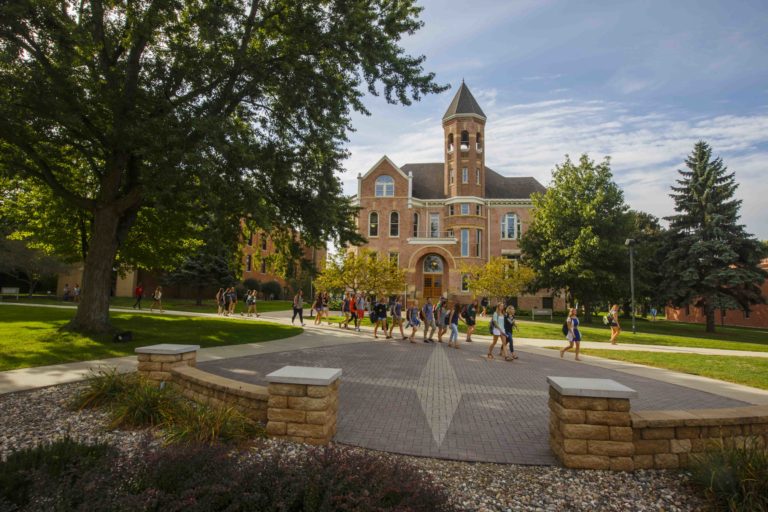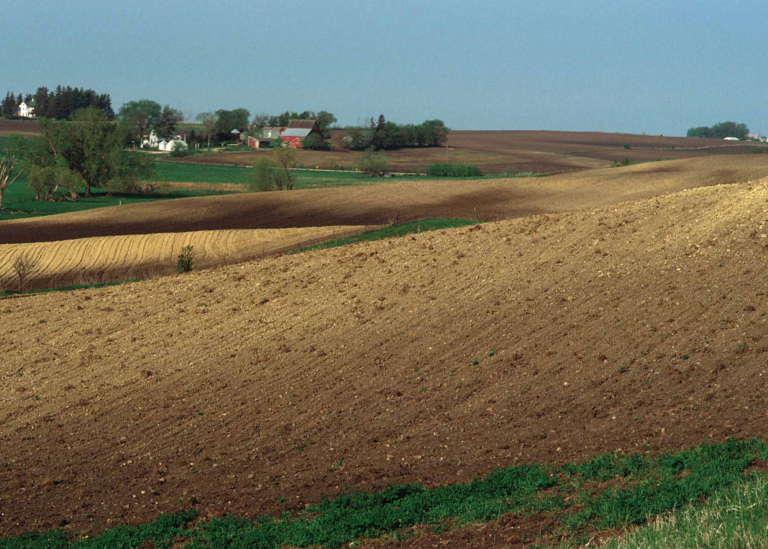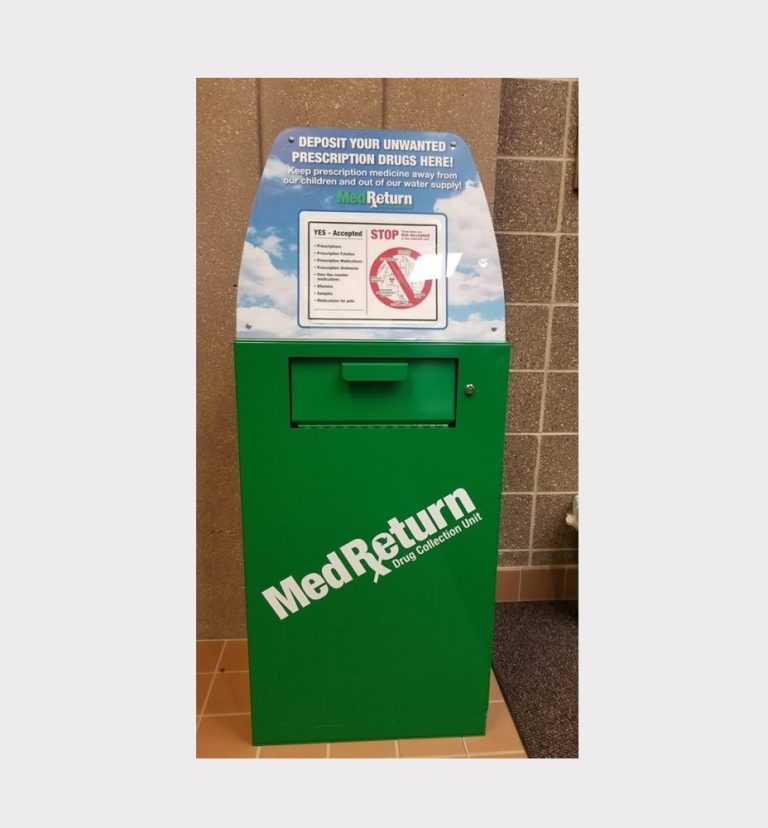Northwest Iowa — A mild winter could be in store for our area, and much of the rest of the United States this winter according to NOAA’s Climate Prediction Center. In the U.S. Winter Outlook for December through February, above-average temperatures are most likely across the northern and western U.S., Alaska and Hawaii.
Additionally, El Nino has a 70 to 75 percent chance of developing, according to Mike Halpert, Deputy Director of NOAA’s Climate Prediction Center. He says forecasters expect El Nino to be in place in late fall to early winter. He says although a weak El Nino is expected, it may still influence the winter season by bringing wetter conditions across the southern United States, and warmer, drier conditions to parts of the North.
El Nino is an ocean-atmosphere climate interaction that is linked to periodic warming in sea surface temperatures in the central and eastern equatorial Pacific. During the winter, typical El Nino conditions in the U.S. can include wetter-than-average precipitation in the South and drier conditions in parts of the North.
Other climate patterns that can affect winter weather are challenging to predict on a seasonal time scale, according to Halpert. The Arctic Oscillation influences the number of arctic air masses that penetrate into the South and could result in below-average temperatures in the eastern part of the U.S. The Madden-Julian Oscillation can contribute to heavy precipitation events along the West Coast – which could play a large role in shaping the upcoming winter, especially if El Nino is weak, as forecasters predict.
Warmer-than-normal conditions are anticipated across much of the northern and western U.S., with the greatest likelihood in Alaska and from the Pacific Northwest to the Northern Plains.
The Southeast, Tennessee Valley, Ohio Valley and Mid-Atlantic all have equal chances for below-, near- or above-average temperatures. No part of the U.S. is favored to have below-average temperatures.
NOAA’s seasonal outlooks give the likelihood that temperatures and precipitation will be above-, near- or below-average, and how drought conditions are expected to change, but the outlook does not project seasonal snowfall accumulations. Snow forecasts are generally not predictable more than a week in advance. Even during a warmer-than-average winter, periods of cold temperatures and snowfall are still likely to occur.
Below is a video produced by NOAA summarizing their 2018-19 Winter Outlook…………











